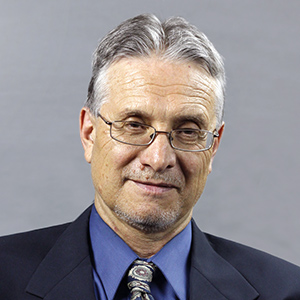The California Department of Transportation maintains 3,500 full-time employees who do little beyond drawing their salaries. The state’s Legislative analyst recommends cutting these positions, but such reform will not come easily.
As a recent Legislative Analyst Office report notes, Caltrans maintains the 3,500 idle employees in its Capital Outlay Support Program. Senate Bill X1-9, by Sen. John Moorlach would increase the number of contract employees in this program by 5 percent per year aiming for a 50-50 ratio by 2023.
The bill would also prohibit the use of temporary funding sources to pay the salaries or benefits of any permanent civil service position within the department. That will not sit well with defenders of the status quo, such as government employee union bosses.
Bruce Blanning, executive director of Professional Engineers in California Government, told Andrew Holzman of the Sacramento Bee, “The LAO approaches these issues in an almost childlike manner.” Blanning opposed the cuts and recommended keeping staff on hand for future projects, when state or federal money might be available. So the union likes the idea of drawing a paycheck for doing nothing, courtesy of California taxpayers.
Moorlach contends that contracting out more services will save money that could go toward actual projects. For union boss Blanning, contracting out “wastes taxpayer money” that would be better spent on construction projects.
A ballpark figure for the number of full-time government employees who should be paid to do nothing is zero. Moorlach’s bill is a good first step toward reform, but how the measure will fare is an open question.
As Holzman noted, Professional Engineers in California Government lobbies the legislature and spends nearly $2 million a year on political contributions and such. So the proposed reform faces tough odds.
On the other hand, legislators can turn their attention to what Caltrans does when its full-time employees are not just sitting around. The new eastern span of the San Francisco-Oakland Bay Bridge, for example, came in 10 years late and $5 billion over budget. Despite all that time and money, serious safety issues remain with welds, bolts, and rods, as Charles Piller of the Sacramento Bee has carefully documented.
Confronted with those ongoing safety problems, Gov. Jerry Brown famously quipped, “I mean, look, *** happens.” Others aren’t shrugging it off.
Abolhassan Astaneh-Asi, professor of structural engineering at UC Berkeley, is one of those who considers the structure unsafe and declines to use it.
Then-state Sen. Mark DeSaulnier, now a congressman, held hearings on the safety issues and heard whistleblowers call for a criminal investigation. The case was strong, but no such investigation ever took place.
Tony Anziano, the Caltrans attorney who managed the bridge construction process, conveniently retired.
“It’s frustrating,” DeSaulnier told reporters, “that there’s never been anyone in the management of the bridge who has been held accountable.” He’s right about that. Call it the Bridge to No Accountability.
Meanwhile, California’s embattled taxpayers are also frustrated, and not just about the 3,500 idle full-time Caltrans employees the LAO wants to cut. The real issue is whether Caltrans is reformable in any way. For those who think it is, Caltrans bosses have a bridge to sell you.







